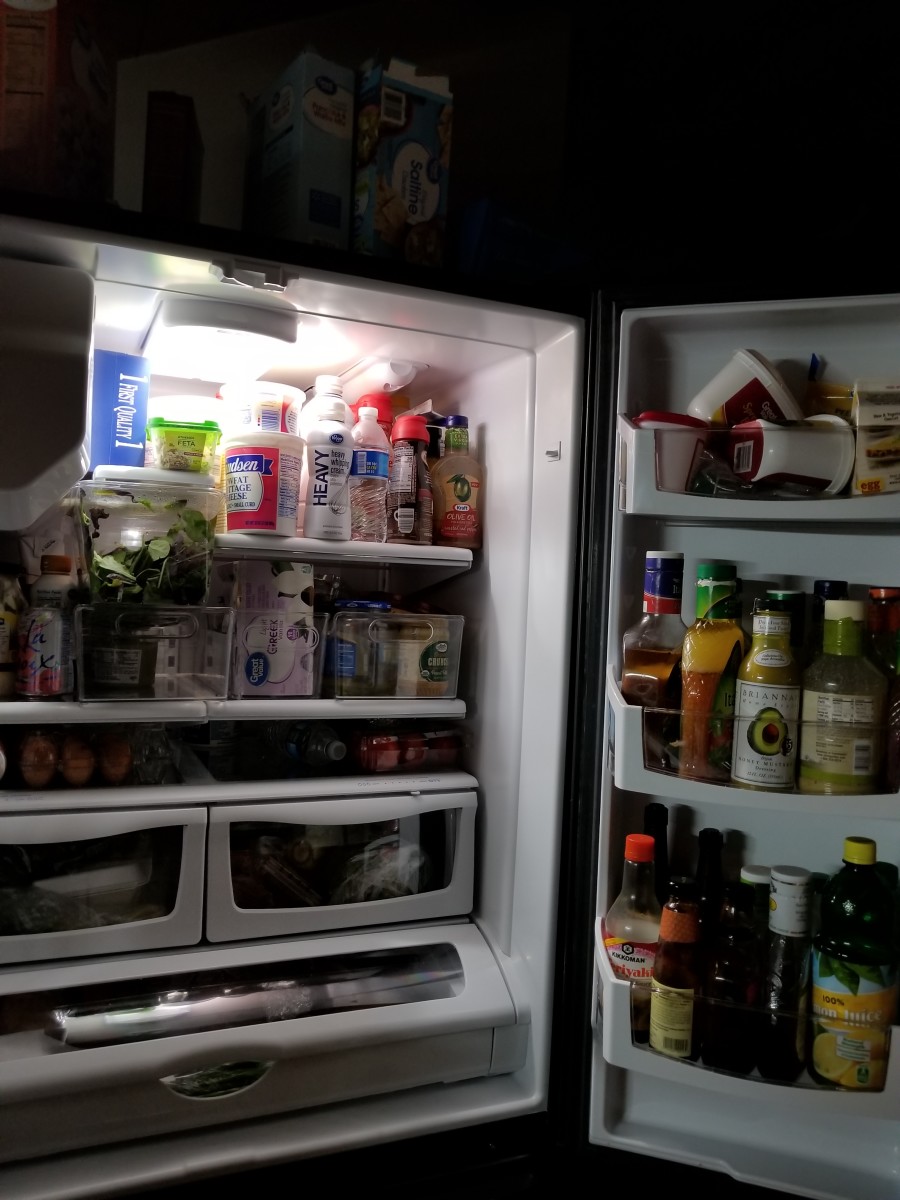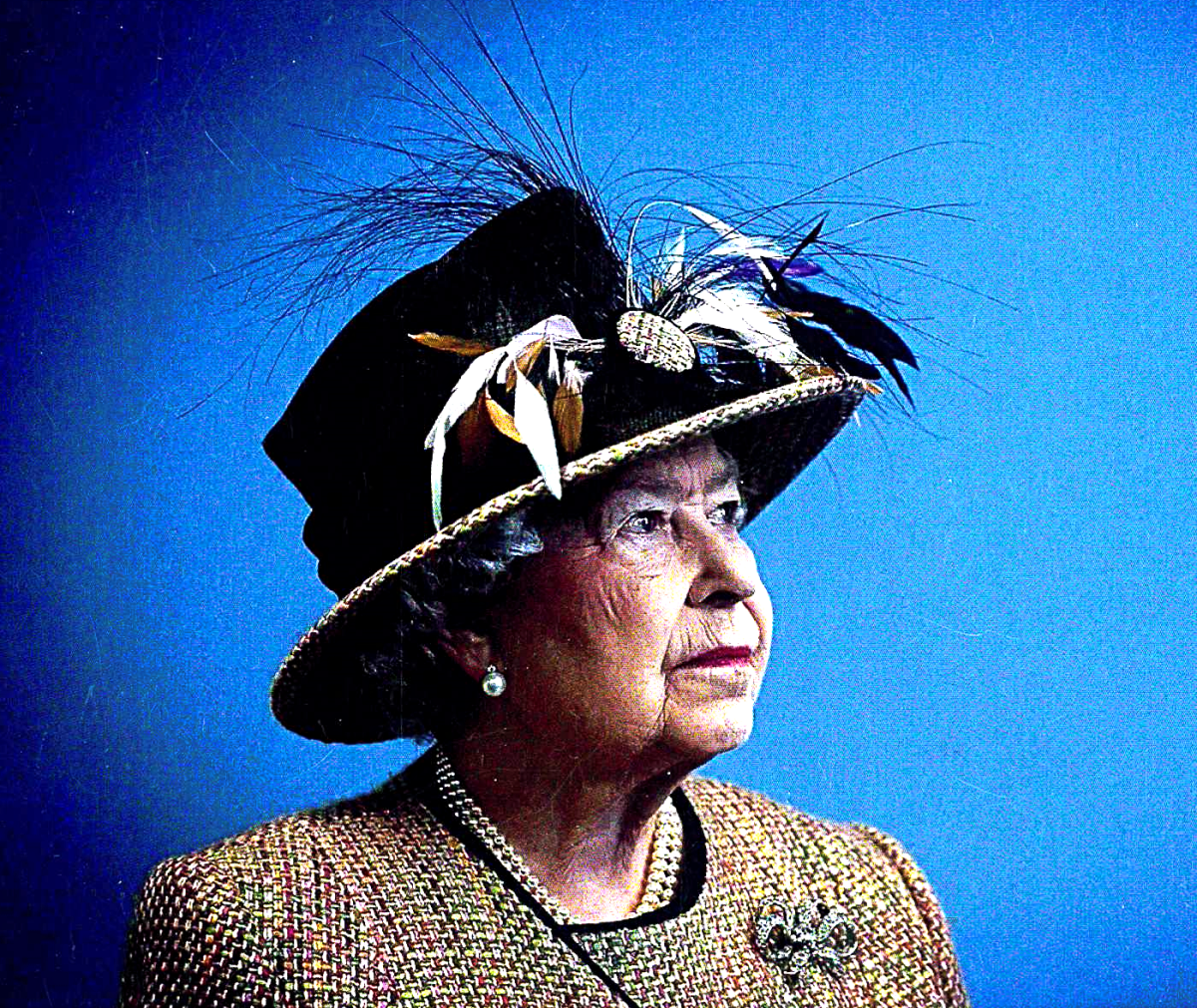Fun Facts About U.S. Interstate Signs
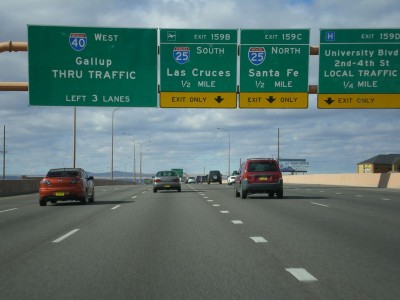
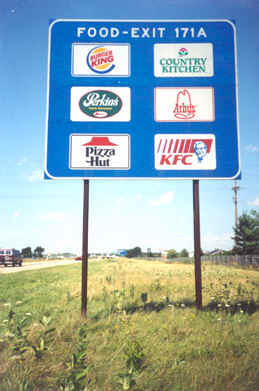
Why Interstate Signs Are Specific Colors
I enjoy driving more so than I do flying and I was driving to Washington, DC last year when I thought why don't we have interstate signs that are bright yellow, pink or black? There has to be a reason why our interstate signs have that particular color of green, yellow, brown and blue. Come to find out, there is a reason put forth by our Federal Highway Administration which published a Manual On Uniform Traffic Control Devices (MUTCD).
So here is the low down on the colors used on U.S. interstate signs:
- Green signs direct us to exits and lets us know how far we are from an exit as well as lets us know when interchanges are coming too. Green signs give us a diagram of the road ahead, like a highway split.
- Brown signs show items or points of interest, like a state park, campgrounds or a historic site.
- Blue signs let us know the services we can expect along the highway, like gas stations, eating places, recreational areas, hotels / motels and rest areas.
What Makes Interstate Signs Appear To Glow?
Have you noticed that the signs have a glow to them? This is especially apparent at night. Well guess what? A little reflective paint goes a long way. Reflective paint is not only used on interstate signs but it's used on fishing lures, license plates, golf balls and machinery indicators. There are thousands of little glass spheres put in paint so a lot of light can be reflected.
Reflective paint is also used on the small raised dots which separate highway lanes. These small dots are called "Botts' dots" and were developed by an engineer, Dr. Elbert Dysart Botts, who worked for the California Department of Transportation. Dr. Botts also created the epoxy used to secure the dots to the roads.
Cool Fact About North, South, East and West Interstate Numbers
My uncle was a truck driver and told me that odd numbered interstates run North and South and that even numbered interstates run East and West and he was correct.
North / South running interstates
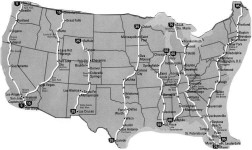
East / West running interstates



